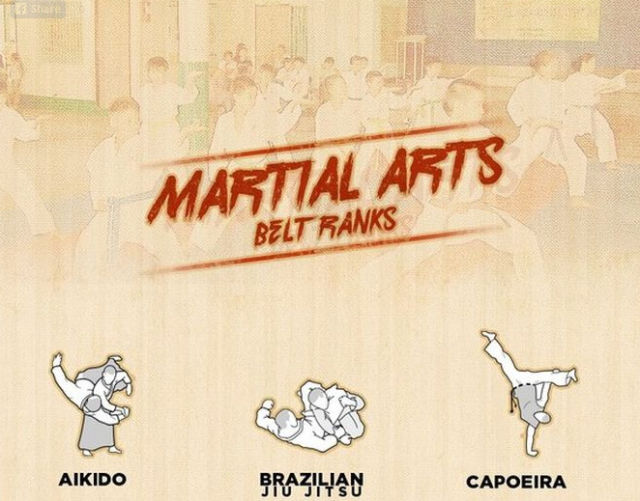The Development And Historical Context Of Martial Arts Worldwide
The Development And Historical Context Of Martial Arts Worldwide
Blog Article
Developed By-Winkler Odonnell
Martial arts have a fascinating background that spans centuries and continents. You may find it intriguing how old practices like Shuai Jiao and Kalaripayattu prepared for modern combat methods. These self-controls not only highlight physical abilities yet also mirror the cultures that birthed them. As you discover their development, take into consideration just how globalization has changed these standard types into hybrid styles. What influences do you think have formed today's martial arts landscape?
Ancient Martial arts: The Foundations of Combat
As you explore the globe of ancient martial arts, you'll uncover the abundant structures that formed battle methods across cultures. Very early methods concentrated on Self-Defense and survival, frequently including strikes, grappling, and weapons.
In which martial arts are chinese , as an example, strategies like Shuai Jiao stressed throws and joint locks, while India's Kalaripayattu showcased agility and liquid motion. Japanese samurai established Kenjutsu, a refined swordsmanship that highlighted technique and method.
These martial arts offered not just for battle but also as a means of personal growth, instilling worths like respect and perseverance. The blending of these methods over time prepared for the varied martial arts you see today, each mirroring the unique viewpoints and requirements of its society.
The Social Impact on Martial Arts Advancement
While martial arts usually mirror the useful requirements of a culture, they also personify the cultural values and ideas of their origins. When mouse click the following article explore various martial arts, you'll discover just how they're affected by faith, viewpoint, and social standards.
As an example, the focus on respect and self-control in Japanese martial arts originates from Zen Buddhism and samurai culture. In contrast, Brazilian Jiu-Jitsu advertises adaptability and approach, formed by the requirement for efficiency in a varied, multicultural setting.
You may find that the routines, attires, and training techniques reflect an area's background and identity. By understanding https://martialartshappykids77654.eedblog.com/35614665/utilize-your-inner-power-and-obtain-reliable-self-protection-techniques-prepare-to-end-up-being-a-take-on-fighter , you grow your appreciation of martial arts and their role fit human experiences around the world.
Modern Adaptations and the Globalization of Martial arts
Martial arts have changed considerably in current years, adjusting to modern culture and global impacts. You'll discover that standard kinds have blended with modern-day methods, developing hybrid styles like MMA. These adaptations accommodate diverse audiences, making martial arts obtainable and enticing globally.
With the surge of social media and electronic systems, you can locate tutorials and competitions from all corners of the world, damaging geographical barriers. This globalization has brought about a shared gratitude for different disciplines, from Brazilian Jiu-Jitsu to Taekwondo.
As best martial art for fitness engage with these arts, you'll recognize they're not just about fight; they promote health and fitness, self-control, and psychological health.
Inevitably, modern-day adaptations have enhanced the martial arts landscape, making it a vibrant and developing practice.
Final thought
In discovering the history and advancement of martial arts, you reveal a remarkable mix of methods, societies, and viewpoints. From ancient techniques like Shuai Jiao and Kalaripayattu to the modern-day flexibility seen in mixed martial arts, martial arts mirror humanity's mission for Self-Defense and personal development. As you involve with these practices, you not just obtain skills however also a much deeper recognition for the varied customs that form our globe today. So, continue your journey and welcome the art of battle!
